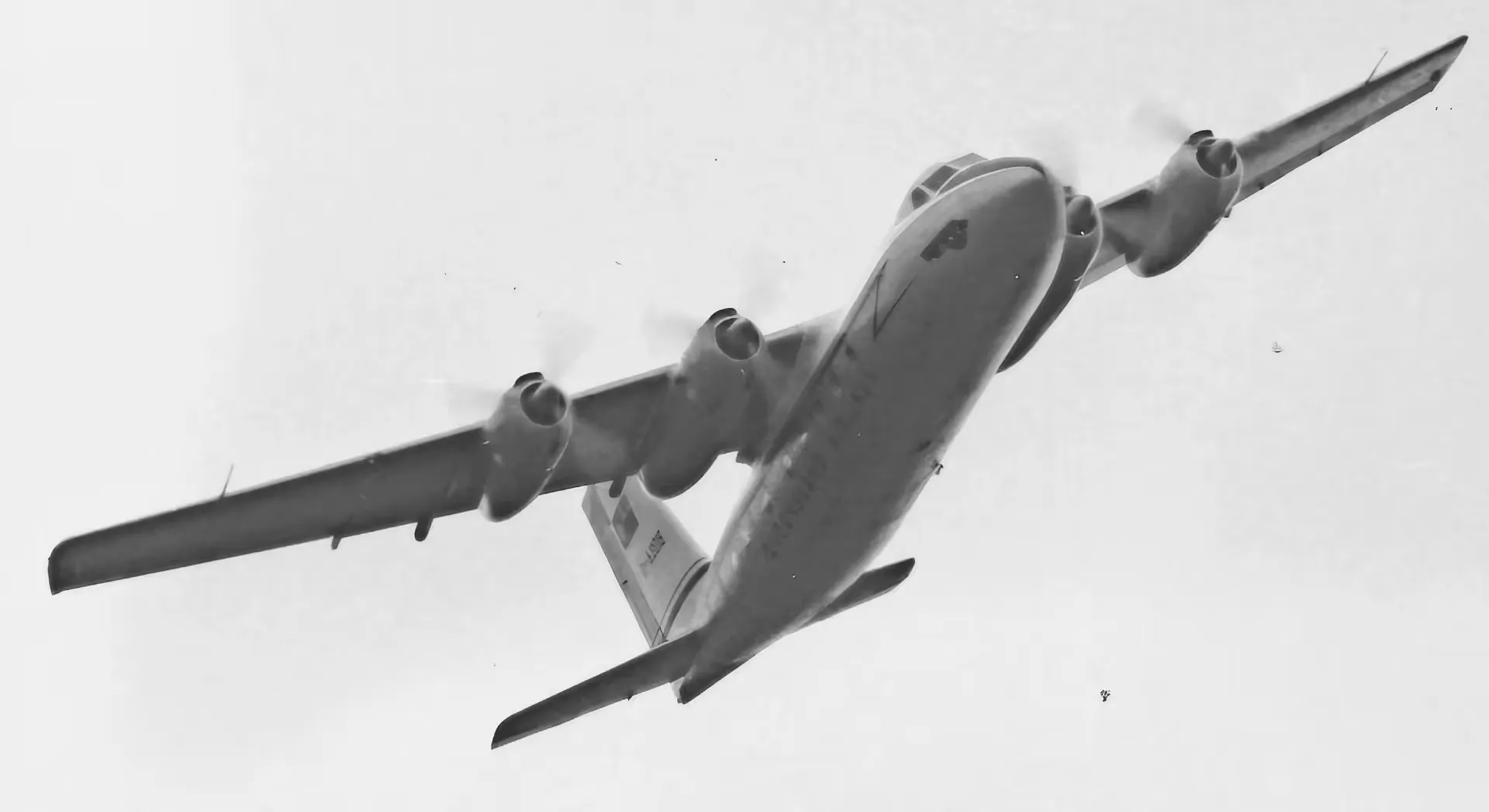DALLAS — The Handley Page HPR.7 Dart Herald was a British turboprop passenger aircraft designed in the 1950s as a successor to the aging Douglas DC-3. However, by the time it entered service in the 1960s, it faced stiff competition from other aircraft, such as the Fokker F27 Friendship and the Avro HS748. This led to disappointing sales and contributed to Handley Page's eventual demise in 1970.
The Handley Page Dart Herald originated in the mid-1950s when the company sought to create a fast, short-range regional airliner to replace the DC-3, particularly in developing countries.
The initial design is known as the HPR.3 Herald was developed by Handley Page's Reading division, which had experience from an earlier airliner, the Miles Marathon. The Herald featured a high-mounted wing and was initially planned to be powered by piston engines rather than turboprops, which were then considered risky by smaller airlines.
Handley Page opted for a four-engine design, selecting the Alvis Leonides Major radial engines, each producing 870 hp and driving three-bladed propellers. Meanwhile, Fokker chose the more advanced Rolls-Royce Dart turboprop engines for its F27 Friendship, which would prove crucial in the competitive market.
The Herald was a versatile aircraft, designed to carry up to 44 passengers in a pressurized cabin, with the ability to quickly convert for cargo transport. Its design included large flaps for short takeoffs and landings, a high wing, and a range of up to 1,640 miles, showcasing its adaptability and range.
Initially, the HPR.3 Herald seemed poised for success. By 1954, the aircraft had garnered significant interest, with 29 orders from airlines such as Queensland Airlines, Australian National Airways, and Lloyd Aéreo Colombiano. The prototype flew on August 25, 1955, three months ahead of the Friendship, sparking hope and optimism in the industry.

Setbacks
However, as the Rolls-Royce Dart engine proved itself in the Vickers Viscount, the market rapidly shifted towards turboprops. The Herald's initial customers canceled their orders in favor of the turboprop-powered Friendship, and other potential buyers withdrew due to various issues, leaving Handley Page without any firm orders.
Despite this setback, Handley Page continued with the Herald project, revising the design to include Dart engines and rebranding it as the HPR.7 Dart Herald. The upgraded version featured more powerful engines, a lengthened fuselage, and other improvements.
The first Dart Herald prototype flew in March 1958, with the first production model following in October 1959. However, by this time, the market had moved on, and sales remained disappointing.
The Dart Herald's lack of commercial success played a significant role in Handley Page's financial difficulties, ultimately leading to the company's closure in 1970.
Despite its lack of commercial success, the Dart Herald was an innovative aircraft, featuring a pressurized cabin, the versatility to convert for cargo transport quickly, large flaps for short takeoffs and landings, a high wing, and a range of up to 1,640 miles.
However, these innovative features were not enough to overcome the challenges it faced in the competitive market, making it a missed opportunity in the history of British aviation.
The featured image shows the HPR.3 Herald prototype with four Alvis Leonides Major engines, demonstrating at the Farnborough Airshow in September 1955.



.webp)
